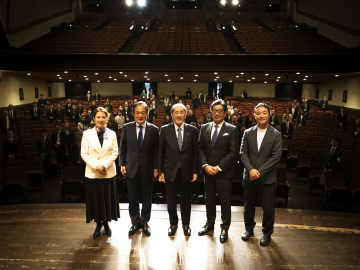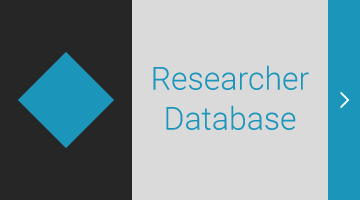Next-generation EMS researcher
Professor Yasuhiro Hayashi, Faculty of Science and Engineering
World-class team working to bring about a self-sufficient society
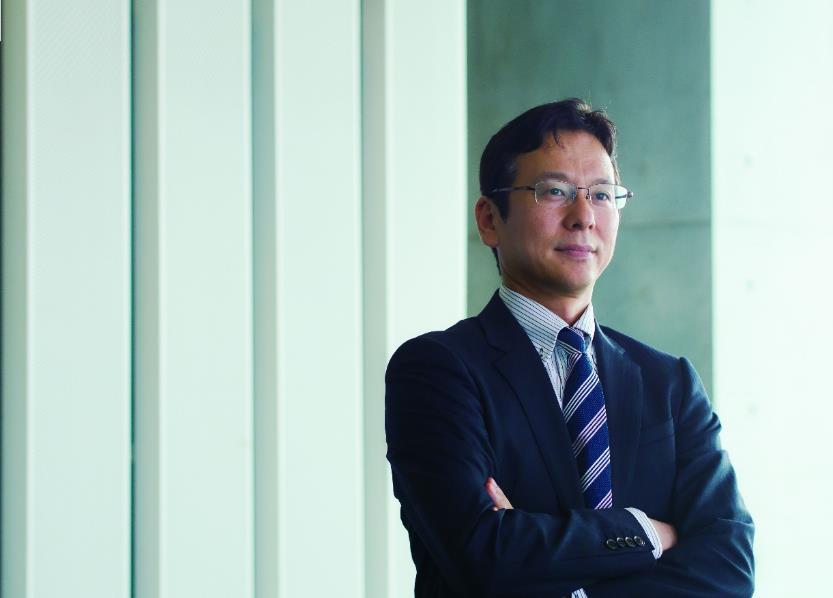
Japan’s government presented the country’s ideal power configuration (energy mix) for the future. With this announcement was the declaration that 40% of total energy will be generated through low-energy or renewable energy sources, even with an increasing demand for electricity taken into consideration. We asked Dr. Yasuhiro Hayashi, professor at the Department of Electrical Engineering and Bioscience, Graduate School of Advanced Science and Engineering, and Chairman of the Advanced Collaborative Research Organization for Smart Society at Waseda University about demand response, the key to success for energy mix, and future research.
Demand response, the key to reducing demand
At the end of April 2015, Japan’s government presented the country’s energy mix for 2030. Although the government anticipates 1.7% annual economic growth, electricity demand is expected to only increase from 966.6 billion kWh in 2013 to 980.8 billion kWh. The reason why this increase in demand is so small is because the government expects 196.1 billion kWh of demand to be reduced through energy saving methods. Based on this assumption, this plan intends to cover approximately 20% of total electricity demand with renewable energy.
The key to reducing demand is demand response. For example, take the middle of summer, the day before the final game of a high school baseball tournament. Of course many people will watch the final game on TV during the day in a room with air conditioning. Looking at the forecast for electricity demand on the next day based on statistical data, the electric company might predict a shortage of 150,000kW for three hours in the daytime.
A conventional countermeasure for this situation is for the electric company to activate additional thermal power stations to generate power in order to offset the shortage (posi-watt). Demand response makes it possible to save the expected shortage of 150,000kW/hour for 3 hours without sacrificing comfort, convenience or productivity. This is called “nega-watt.”
In the near future, it will not be so difficult to secure around 450,000kWh of nega-watt. It could, for example, be secured by turning off two home-use air-conditioners (0.5kW x 2 = 1kW) for one hour at 150,000 households (equal to 150,000kWh), heat pump water heaters (1.5kW) for one hour at 100,000 households (150,000kw), and by not recharging electric vehicles (3kW) for one hour at 50,000 households (150,000kWh). Additional generation will not be necessary as long as a total of 300,000 households (only 0.4% of the 77 million households nationwide) accept the demand response. Of course, such households would receive incentives for participating.
Demand response can be used for not only saving energy but also for increasing demand. If it is nice out and there is an increase in solar power, you can use surplus electricity by aligning the timing of electricity consumption with hours of excessive solar power. Specifically, surplus electricity could be used to supply hot water via heat pumps or to recharge electric vehicle. This would be automatically controlled by next-generation HEMS.
Demand response can also be utilized in the event of a large-scale earthquake. Should a large earthquake occur, batteries (or electric vehicle batteries) would be activated and begin supplying energy immediately after the electric company stops distributing power. If gas is available, the system generates power via fuel batteries, uses solar power generation to provide electricity for home consumption during the daytime, and accumulates a surplus of electricity. This allows us to maintain our lifestyles even if the power supply is interrupted.
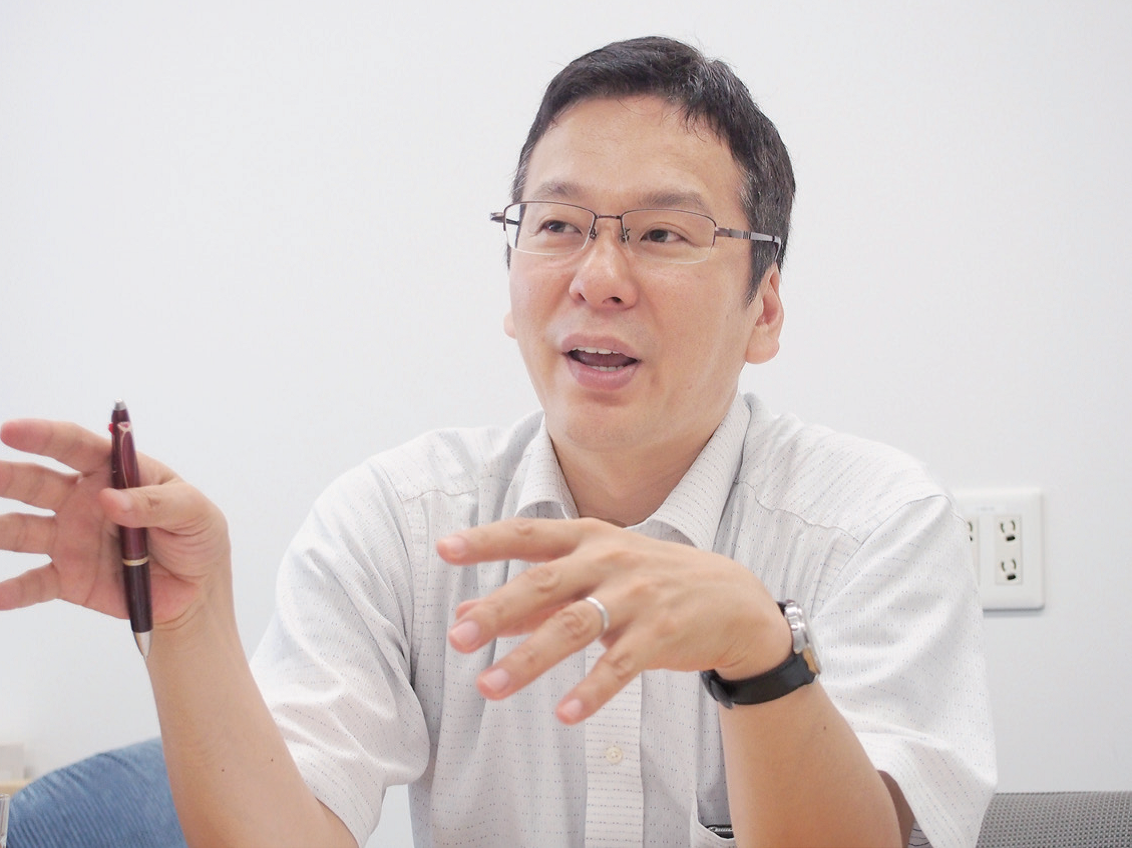
Professor Yasuhiro Hayashi in his research lab passionately discussing energy innovation
Saving the world with All Waseda
In regards to the next-generation EMS, there are high expectations for the cyber physical system (CPS) that utilizes hardware technology unique to Japan. Smart meters and HEMS make it possible to connect physical information (in the real world) via a sensor network utilizing powerful computing capabilities in cyber space, and to control smart home electronics via ECHONET Lite for more efficient electricity control.
In order to develop this kind of next-generation EMS, it is necessary to develop research in relevant fields such as solar power generation, electric vehicles, and housing (meaning a smart house by HEMS) in addition to the electric power system, and to accumulate and integrate relevant insights. To develop this research, The Advanced Collaborative Research Organization for Smart Society which is comprised of seven laboratories was established.
Industry-academia collaboration is essential for applying research results. We established the Study Group for Smart Society Technology to examine the smart society from a manufacturing perspective and the Promotion Association for Smart Society Technology to examine it from a user perspective.
In addition to all “All Waseda,” the goal for this world class team involving JST’s CREST is to bring about a smart and sustainable society through next-generation EMS while relying on fossil fuels as little as possible. Energy innovation taking place in Japan has the potential to transform the world and solve global energy issues. We are committed to our research activities day in and day out.
Click here for part 1 of this series
Profile
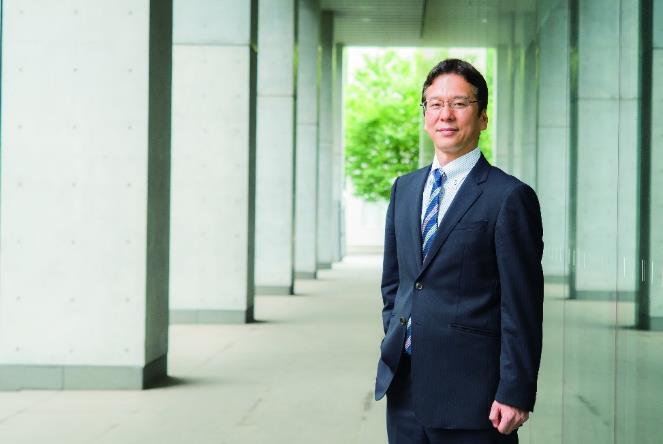
Yasuhiro Hayashi / Professor of the Department of Electrical Engineering and Bioscience, Graduate School of Advanced Science and Engineering, and Chairman of the Advanced Collaborative Research Organization for Smart Society
1989: Graduated from Waseda’s Department of Electric Engineering, School of Science and Engineering
1991: Graduated from Master’s Program at Waseda’s Graduate School of Science and Engineering
1994: Graduated from Doctoral Program at Waseda’s Graduate School of Science and Engineering where he obtained a doctorate in engineering
2009: Became a Professor at Waseda’s School of Advanced Science and Engineering after working as a lecturer at the Ibaraki University’s College of Engineering and an Associate Professor at University of Fukui’s Faculty of Engineering.
December 2009: Became Director of Research Institute for Advanced Network Technology (RIANT).
July 2014: Became Chairman of the Advanced Collaborative Research Organization for Smart Society (ACROSS).
Academic achievements
■ Recent media news
2015: ACROSS Chairman Hayashi selected as JST-CREST Strongest Team Research Director
■ Academic Papers
Distribution network verification for secure restoration by enumerating all critical failures
Inoue, T., Yasuda, N., Kawano, S., Takenobu, Y., Minato, S. I. & Hayashi, Y. 2015 Mar 1
IEEE Transactions on Smart Grid. 6, 2, p. 843-852
Distribution loss minimization with guaranteed error bound
Inoue, T., Takano, K., Watanabe, T., Kawahara, J., Yoshinaka, R., Kishimoto, A., Tsuda, K., Minato, S. I. & Hayashi, Y. 2014 Jan
IEEE Transactions on Smart Grid. 5, 1, p. 102-111
A versatile clustering method for electricity consumption pattern analysis in households
Hino, H., Shen, H., Murata, N., Wakao, S. & Hayashi, Y. 2013
IEEE Transactions on Smart Grid. 4, 2, p. 1048-1057
■ Publications
電力系統の最適潮流計算(日本電気協会)
スマートグリッドの構成技術と標準化(日本規格協会)
スマートグリッド学(日本電気協会新聞部)
■ Academic societies, government-related commissions
- Commissioner, Expert Committee on the Electric System Technology Survey for Achieving Smart Grid, The Institute of Electrical Engineers of Japan (2011–2013)
- Chair, the Smart Meter Scheme Study Group, METI (2010–) Chair, the Smart House Standardization Study Group, METI (2011–)
- Chair, the Smart House/Building Standardization and Business Promotion Study Group, METI (2012–)
- Commissioner, Working Group on System Design under the Electricity System Reform Subcommittee, Basic Policy Committee under the Advisory Committee for Natural Resources and Energy, METI (2013–)
- Trustee of Organization for Cross-regional Coordination of Transmission Operators, Japan (2015–)
Terminology
EMS: A mechanism to achieve optimum energy-saving by visualizing energy and making good use of power-generating units and batteries such as solar power generation. Divided into the following five control targets.
・HEMS (Home Energy Management System)
・BEMS (Building Energy Management System)
・FEMS (Factory Energy Management System)
・CEMS (Community Energy Management System)
・GEMS (Grid Energy Management System)
Smart grid: A power grid that enables optimization by controlling the flow of electricity from both the supply and demand sides by incorporating dedicated equipment and software. Garnered attention when it was introduced by the Obama Administration as a pillar of the US Green New Deal Program.
Renewable energy: Solar light, wind power, hydraulic power, geothermal heat, solar heat and atmospheric heat and other natural heat sources and biomass are specified by the law as having been “deemed to be used permanently as energy sources.”
Demand response: A mechanism to control use by reducing electricity consumption at peak hours for a stable electricity supply by setting hourly electricity rates and compensating consumers who reduce their use during peak hours.
Smart meter: An electricity meter that allows automation of monthly meter reading and visualization of electricity consumption status via HEMS, etc.
IoT (Internet of Things): A mechanism wherein everything is connected via Internet, allowing monitoring and controlling.
Protocol: An aggregate of predefined arrangements and procedures so that signals, data, and information can be transmitted mutually without delay.
ECHONET Lite: A communication protocol developed by the ECHONET Consortium. The control protocol and sensor net protocol for smart houses; standardized internationally as both ISO and IEC Standards.
Smart house: Housing where home electronics and system equipment are connected via informatization wiring, etc. for total optimization. Such housing controls energy equipment including solar power generation systems and batteries, home electronics, and housing equipment in the aim of energy management.


